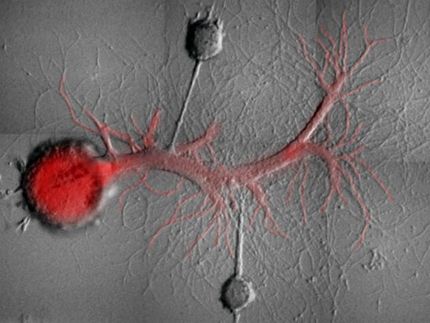General Manifolds LLC Announces Issuance of US Patent in Computational Neuroscience
Advertisement
General Manifolds LLC, a technology company focused on fundamental cognitive algorithms, announced that the United States Patent and Trademark Office has issued US Patent 7,805,386 covering a computational system and method for simulating functions within the cerebral cortex of the human brain. This technology is relevant to a broad range of applications from artificial intelligence to pharmacology.
The patent, titled "A Method of Generating an Encoded Output Signal Using a Manifold Association Processor Having a Plurality of Pairs of Processing Elements Trained to Store a Plurality of Reciprocal Signal Pairs" describes how physiologically realistic algorithms found in natural intelligence can be used for signal processing, information retrieval, and pattern recognition.
"Neuroscientists have known for some time that sounds, visual images, muscle forces, and the skin surface map topographically onto areas of the brain," said Douglas S. Greer, PhD, President of General Manifolds. "The principles behind the computational manifold automata disclosed in this patent describe how association operators between these maps can be used to create a cognitive symbolic processing system. Moreover, it explains how neurotransmitter molecules can store information efficiently and form the basic substrate of short-term memory."
Traditional approaches in computer vision, speech recognition, and robotics have focused on reducing the images and sounds of the world around us to bits, characters, and other discrete symbols. The invention disclosed describes how a cognitive system based on continuous symbols makes this reduction unnecessary. In addition, the patent discloses a new and more powerful model of neural processing that unifies chemical and electrical computations. Neurotransmitter field theory describes how synapses function as chemical memory cells, forming images like dots of ink on a sheet of paper. Each neuron detects a neurotransmitter image with its dendrites and writes a neurotransmitter image with its axons. Computer simulations of this process may provide important tools in neuropharmacology and medical treatment research.



















































